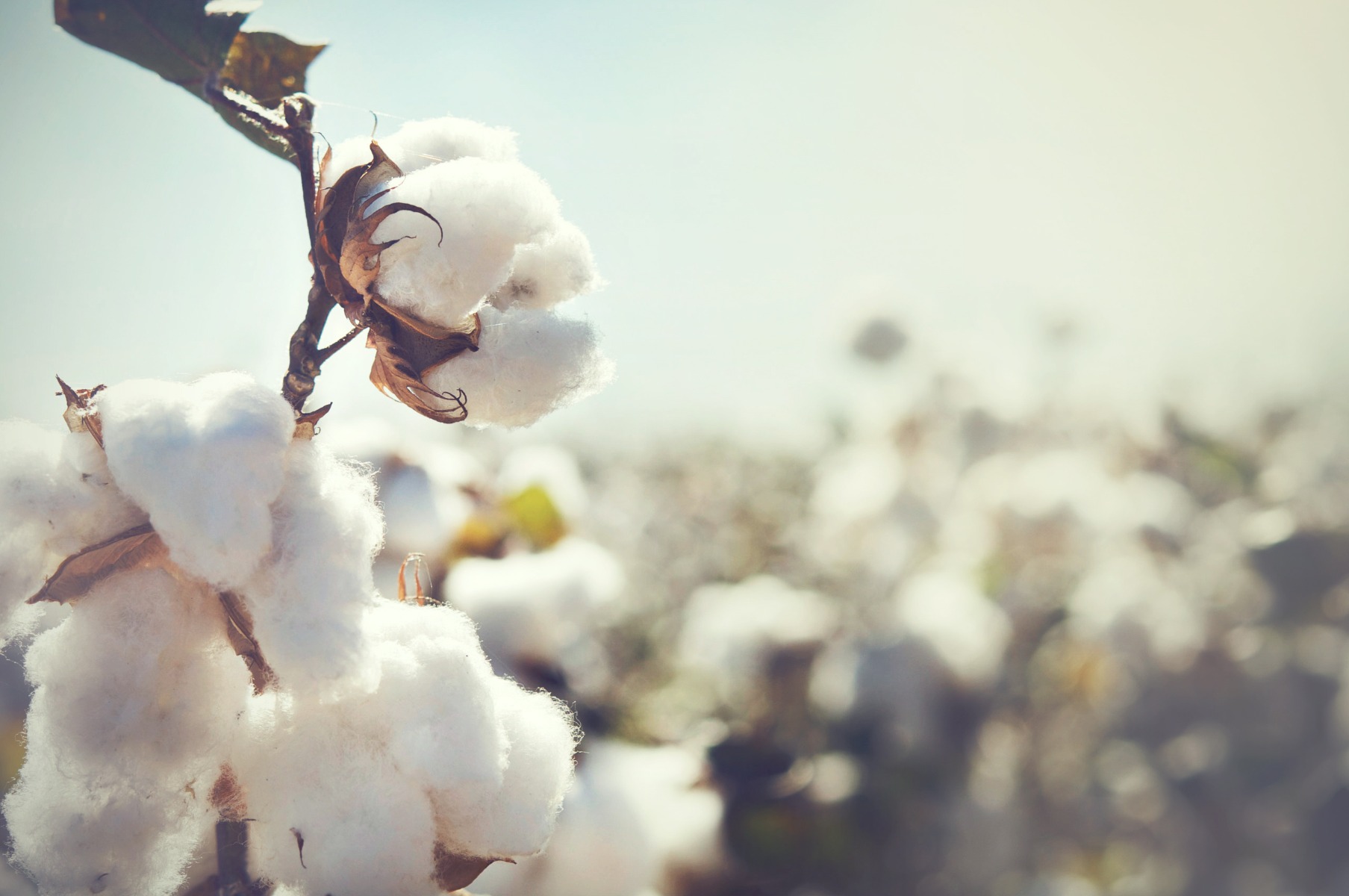Top 5 Fabrics for Warm Weather: Advantages and Disadvantages
The weather is getting warmer and warmer and summer is just around the corner! Because of this, it is important to start thinking about the best fabrics for this season – heavy fabrics are to be avoided, as well as dark colours, as they can make you (or your clients) feel uncomfortable and sweaty.

Knowing which fabrics are the best ones for warm weather can be challenging. Still, you can follow these simple guidelines that will help you choose the best fabrics for the warm and sunny days ahead.
Lightweight, Breathable and Light-Coloured
Light fabrics are the best option for warm weather. After all, summer means picnics, barbeques and plenty of outdoor activities, which are better enjoyed in light, comfortable clothes. It is also important that your clothes allow the skin to breathe so that you won’t feel too clammy or hot. You also want to invest in light-coloured clothing, as they tend to reflect sunlight instead of absorbing it, meaning you won’t feel as hot.
Which fabrics are most commonly used in summer and what are their advantages and downsides?
Cotton
This is one of the best fabric choices for summer, as it’s lightweight and comfy, as the interlocking threads create airy spaces. The downside is that it can make you sweat if the day is too humid, meaning your clothes will feel heavier than they should.

Silk
Silk is a soft and thin material, and so it won’t feel bulky on your skin as the day wears on. This fabric also absorbs moisture, which helps to keep you dry. However, silk fibres can break down in sunlight, meaning the material might not be the best option if you want to linger in the sun for a while.
Chambray
Similar to denim, although not as heavy, which makes it ideal for summer. Chambray is woven from cotton-silk or linen and also has a coloured yarn in the warp and a white yarn in the weft. This fabric is cheaper than linen but more expensive than cotton.
Khadi
A staple of Indian fashion, this material is hand-woven and made from cotton, which makes it highly breathable and comfortable. Fabric blends can include silk or wool, making it a versatile material that is cool in summer and warm in winter.
Linen
This material is lightweight, as it’s porous and allows heat to escape from the body. This will keep you comfortable and cool, especially because it also absorbs moisture from the skin. The disadvantage of this fabric is that it can become creased very easily.
All fabrics have their advantages and disadvantages when it comes to warm weather, so the best option is to choose what makes you feel comfortable! Which material do you think is best for summer? And which one if your favourite?
If you’d like more fabric tips or any questions about sewing and embroidery machines answered, just contact us today and we’ll help you with any project and material you may need.

